-
How Travel Brands Use Mobile Ethnography to See the Traveler’s Journey

Travel is one of the most emotional and storytelling-rich categories anticipation, discovery, connection, and nostalgia all rolled into one. Yet, most travel research happens after the trip, missing the real highs and lows. Mobile ethnography changes that, allowing tourism boards and travel brands to follow travelers’ journeys in real time from planning to posting. Travel…
-
How Beauty Brands Are Using Mobile Ethnography to Capture Ritual and Emotion
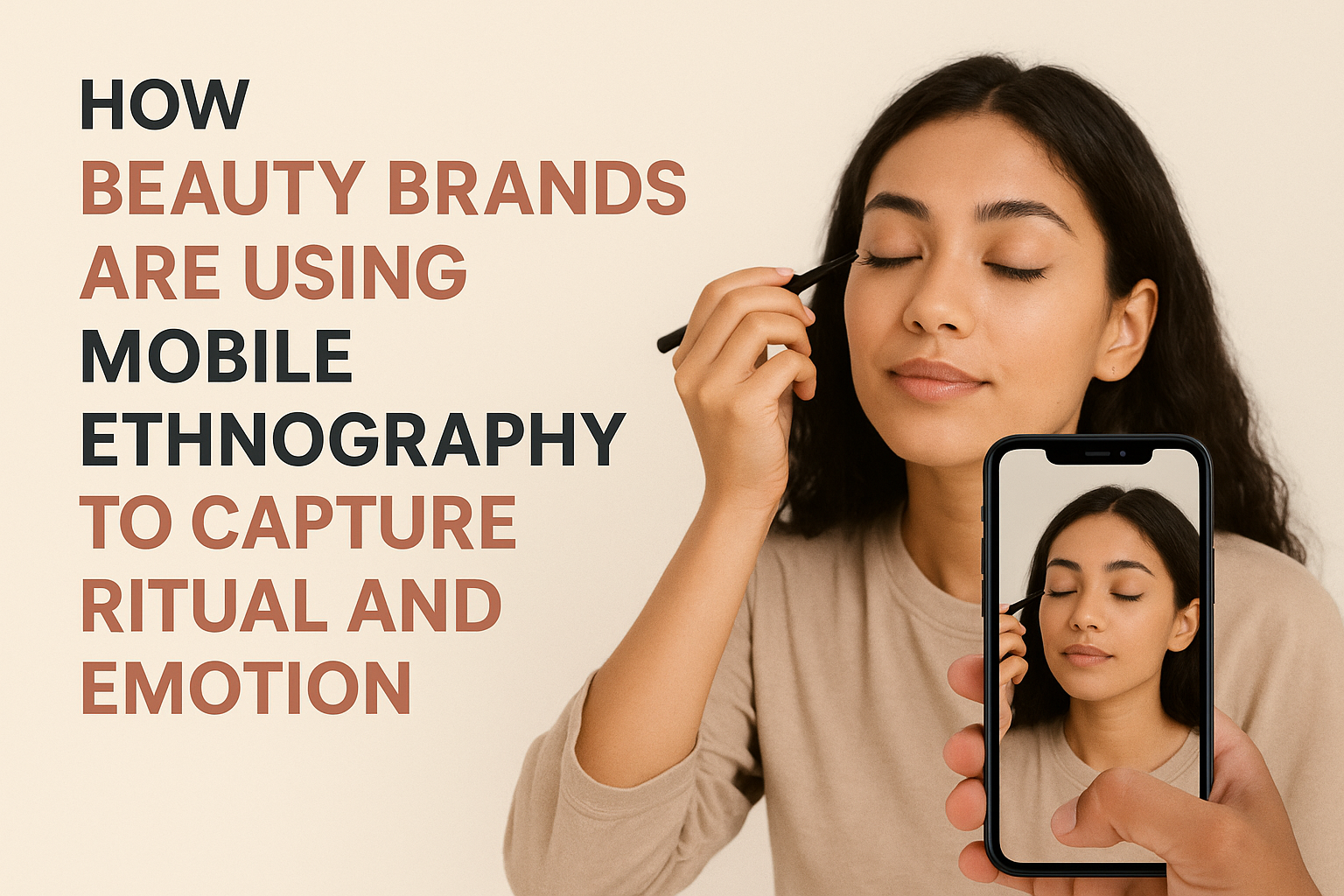
Beauty isn’t just about products; it’s about ritual, identity, and emotion. Every brushstroke, every scent, every texture connects to how people express who they are and how they want to feel. Traditional research methods like surveys and focus groups can tell us what consumers think about beauty products, but they often fail to reveal how…
-
How Participatory Research Empowers Communities
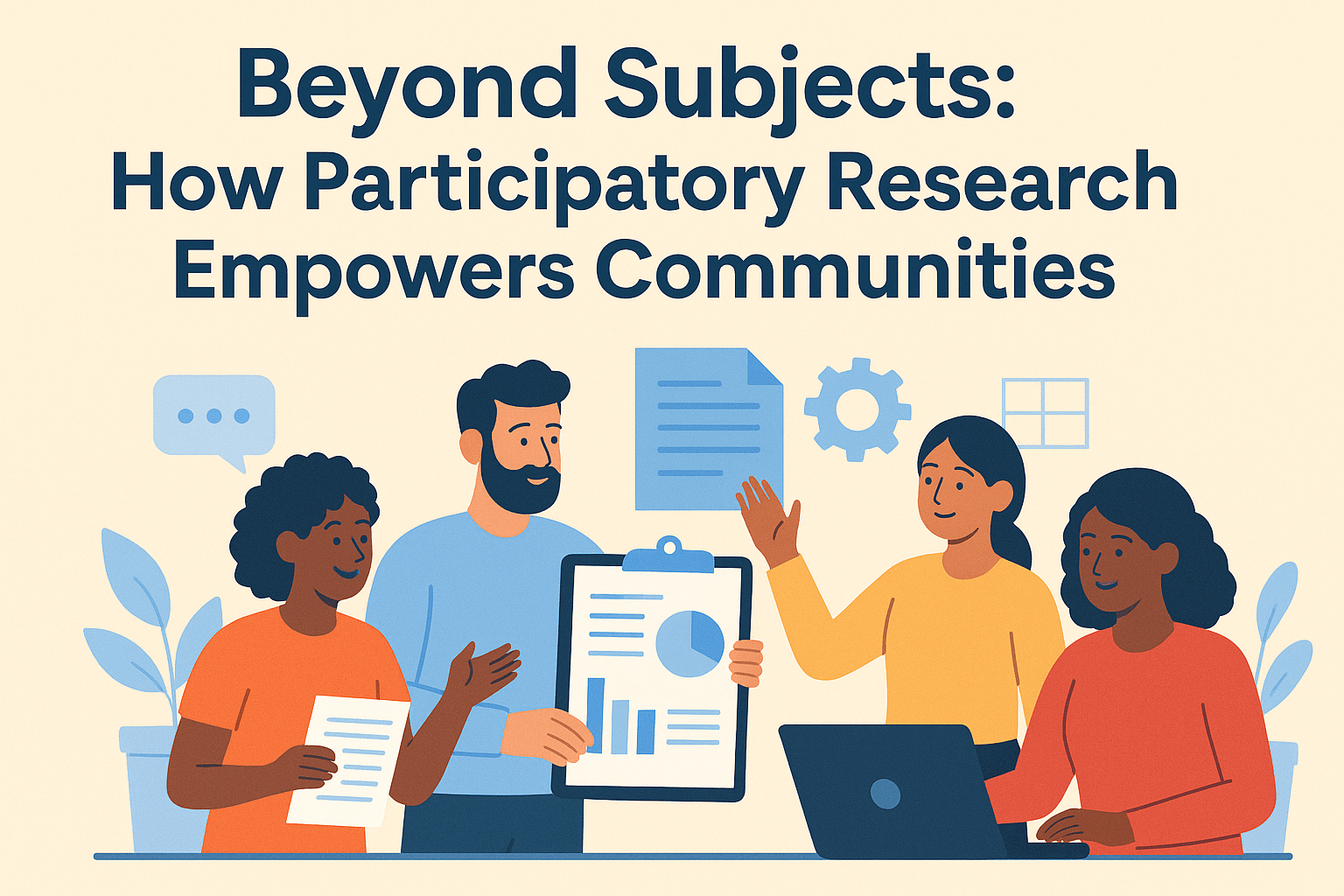
Introduction In recent decades, research approaches have increasingly shifted away from traditional, top-down models that treated communities as passive subjects of study. Researchers and activists have begun to embrace participatory methodologies that position communities as active partners in the research process. Among the most prominent approaches in this movement are Community-Based Participatory Research (CBPR), Participatory…
-
From Static Snapshots to Living Stories: Why Mobile Ethnography Beats Interviews
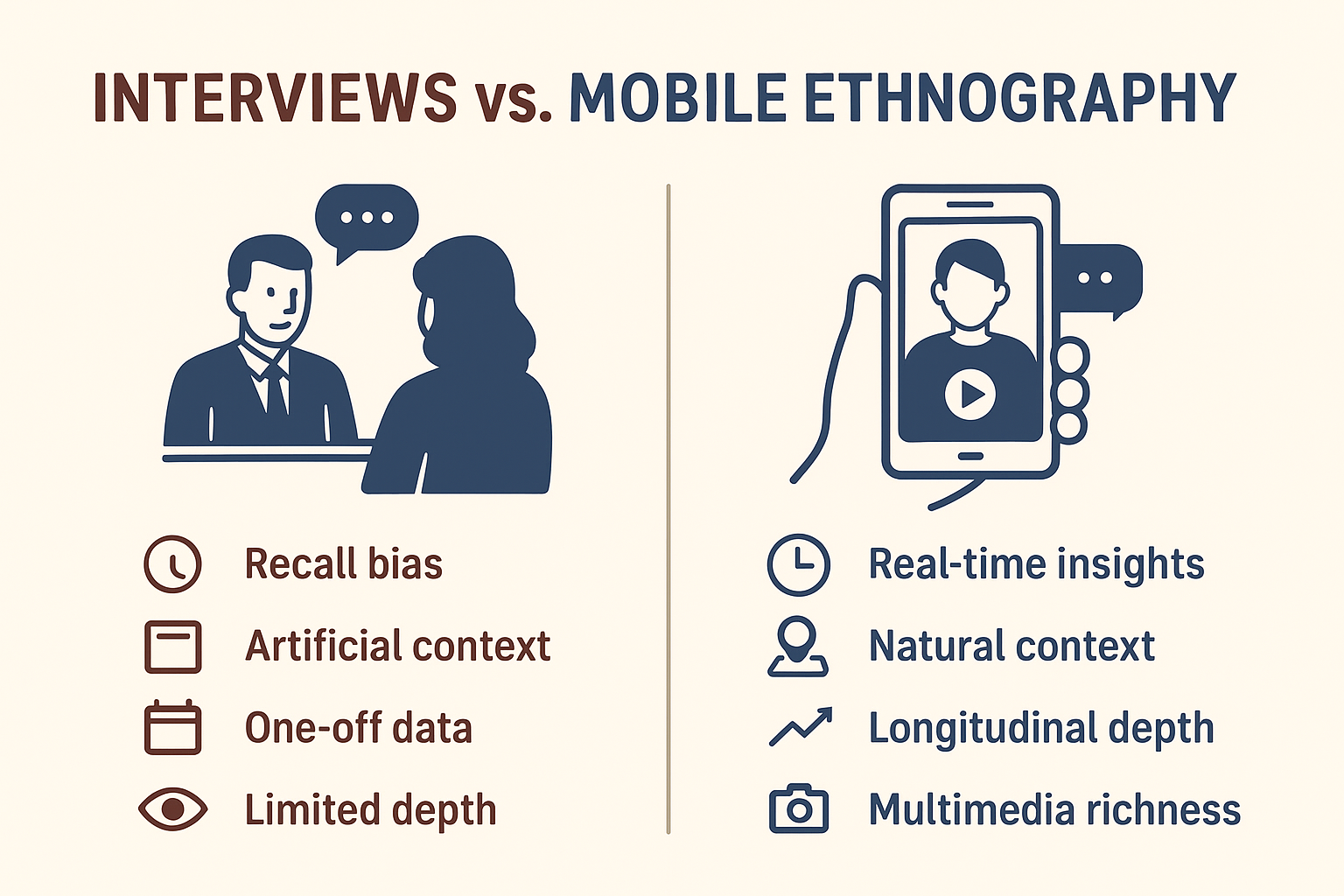
Understanding human behavior has always been at the heart of research, design, and marketing. For decades, traditional methods like surveys and interviews have been the go-to approaches for gathering insights. While they offer valuable information, they often capture only fragments of people’s lives—static snapshots that can miss the nuances of daily experiences. In contrast, mobile…
-
Understanding Ecological Momentary Assessment (EMA): Real-Time Insights into Human Behavior
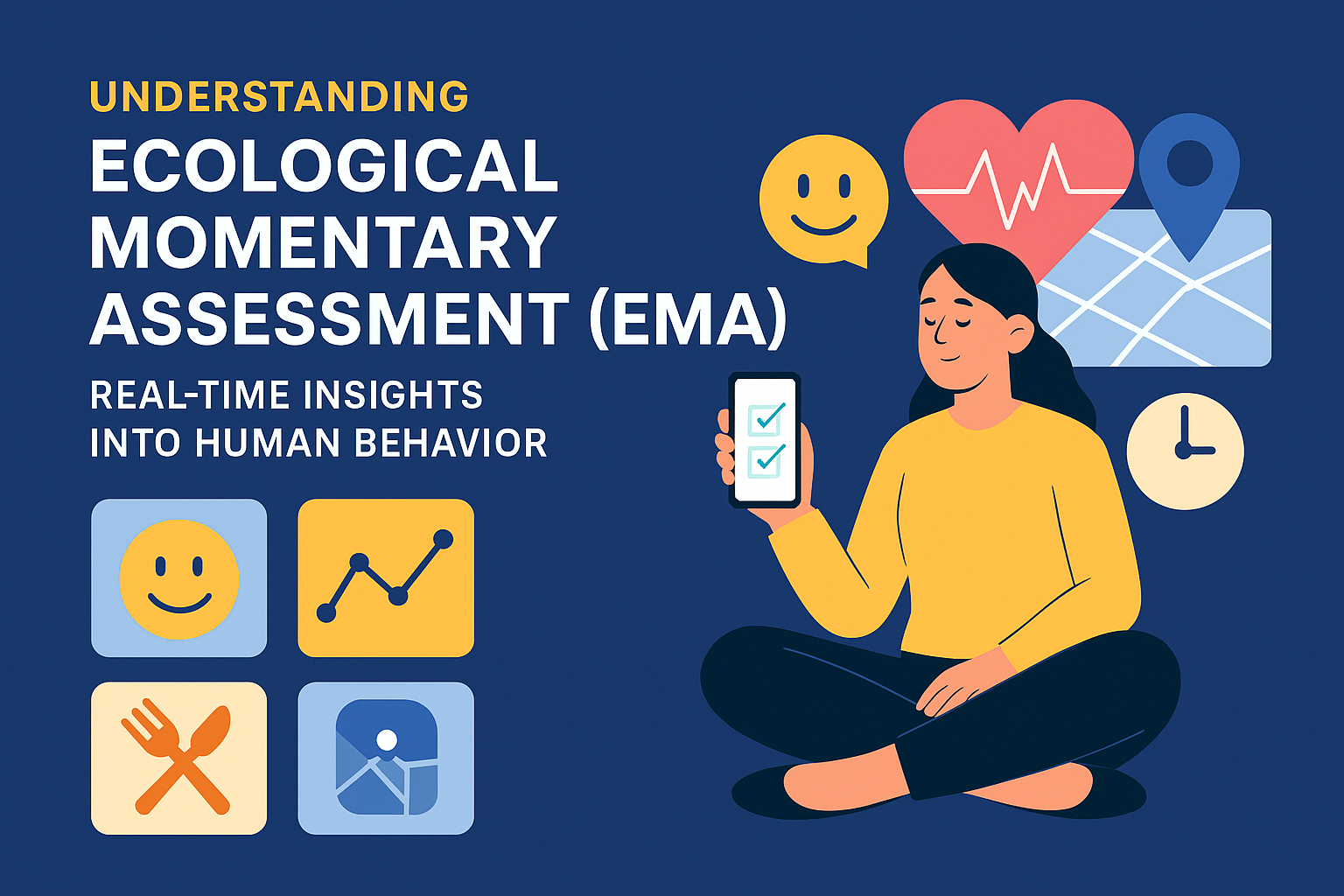
Understanding human behavior as it naturally unfolds is essential for gaining meaningful insights whether in healthcare, psychology, marketing, or user experience research. Traditional methods like retrospective surveys and interviews often miss the subtle shifts and contextual factors that influence thoughts, emotions, and actions. Ecological Momentary Assessment (EMA) addresses this gap by enabling real-time data collection…
-
Applying Ethnographic Methods in Healthcare UX Research
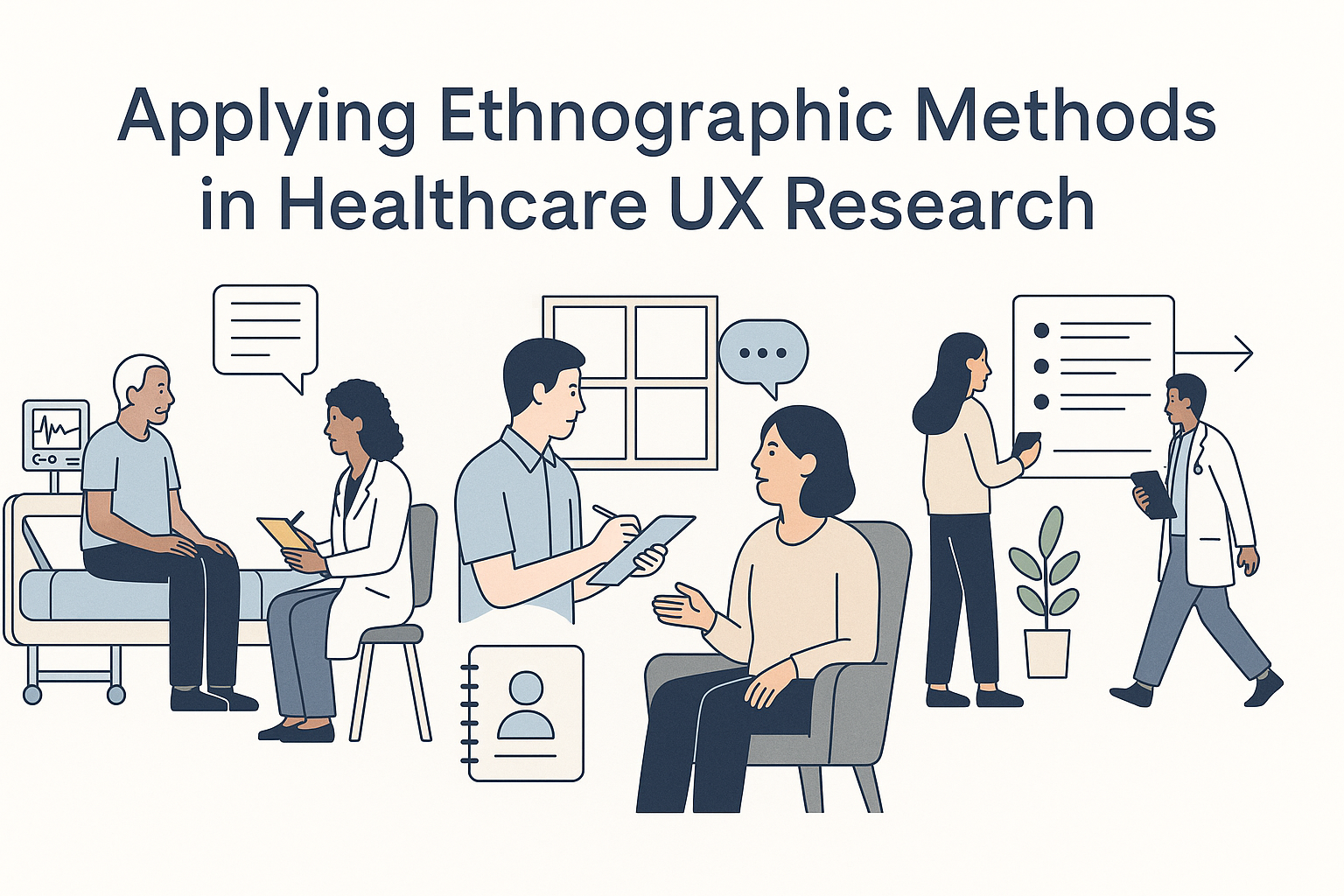
Designing effective healthcare experiences requires more than just functional interfaces and efficient workflows. To truly understand patient needs and behaviors, researchers must go deeper—into the context of real lives, daily routines, and emotional journeys. This is where ethnographic methods play a critical role, offering a window into the lived experiences of patients and healthcare providers.…
-
Utilizing Photovoice in Digital Ethnography

Digital ethnography has emerged as a compelling approach for understanding cultures, communities, and experiences through digital interactions. Within this realm, Photovoice has gained traction as a powerful participatory method that blends visual storytelling with reflective narrative. At its core, Photovoice enables participants to capture aspects of their environment and experiences through photographs, which are then…
-
The Jobs-to-Be-Done Framework: Solving Real Customer Problems
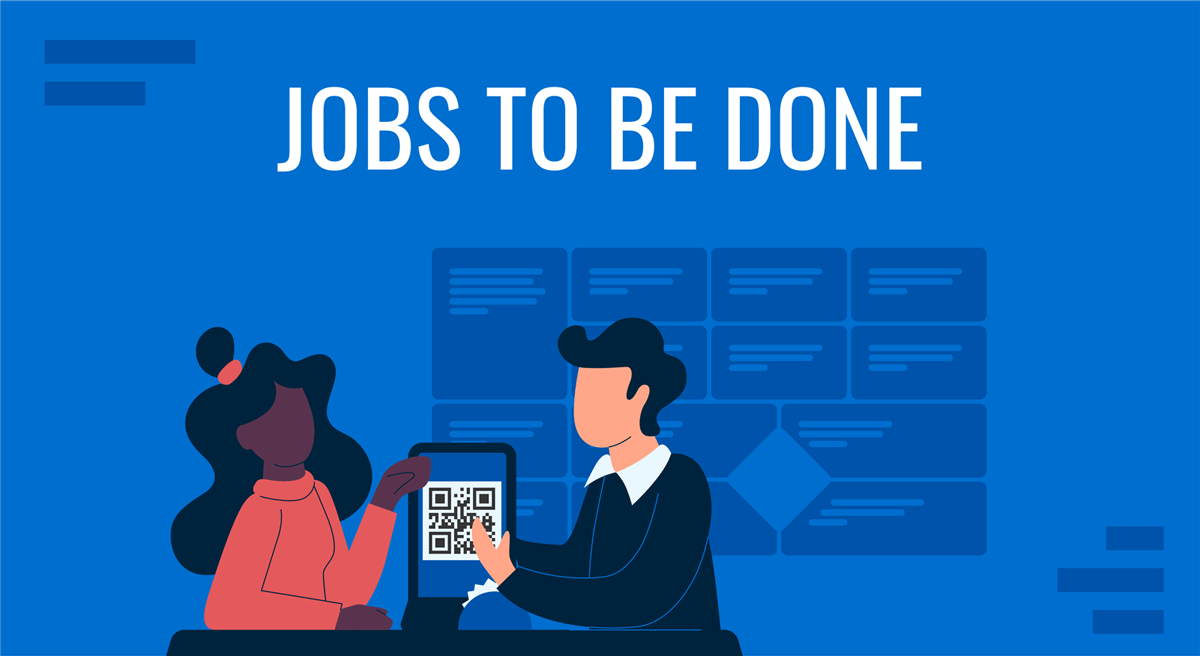
Innovation isn’t just about adding features, it’s about solving the right problems. The Jobs-to-Be-Done (JTBD) framework offers a powerful way to uncover the deeper motivations behind customer decisions. By focusing on the outcomes people are trying to achieve rather than who they are or what they buy, JTBD empowers businesses to create products, services, and…
-
Integrating AI in Ethnographic Research

Ethnographic research, rooted deeply in anthropology and qualitative inquiry, has long relied on immersive, human-centered methods such as participant observation, in-depth interviews, and field notes. It prioritizes contextual understanding, lived experiences, and cultural nuances. However, as the digital age transforms how data is generated and consumed, artificial intelligence (AI) presents new avenues for augmenting and…
-
The Case for Pairing Social Intelligence with Mobile Ethnography

Understanding consumer behavior requires more than traditional market research. Social intelligence and mobile ethnography offer a powerful combination of methods to identify, validate, and deeply understand emerging trends. Social intelligence involves monitoring and analyzing online conversations across platforms like Instagram, Reddit, TikTok, and forums to uncover what people are talking about, how they feel, and…
